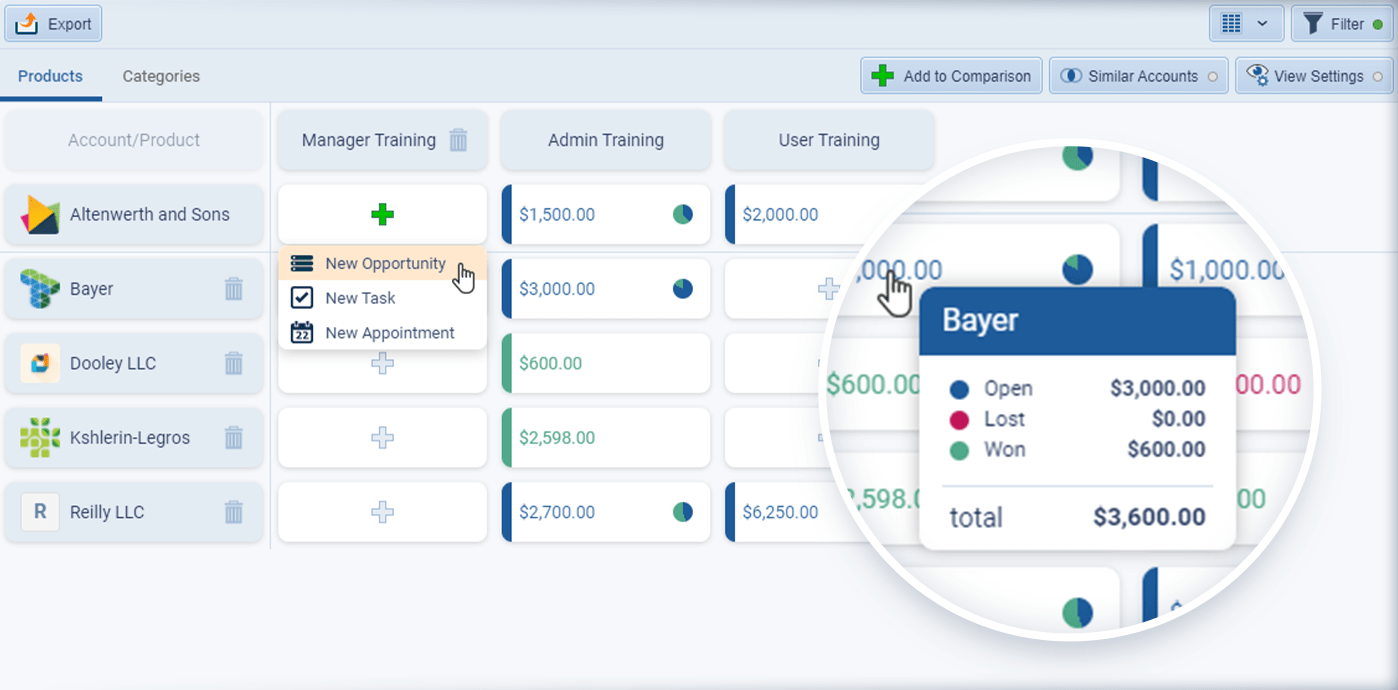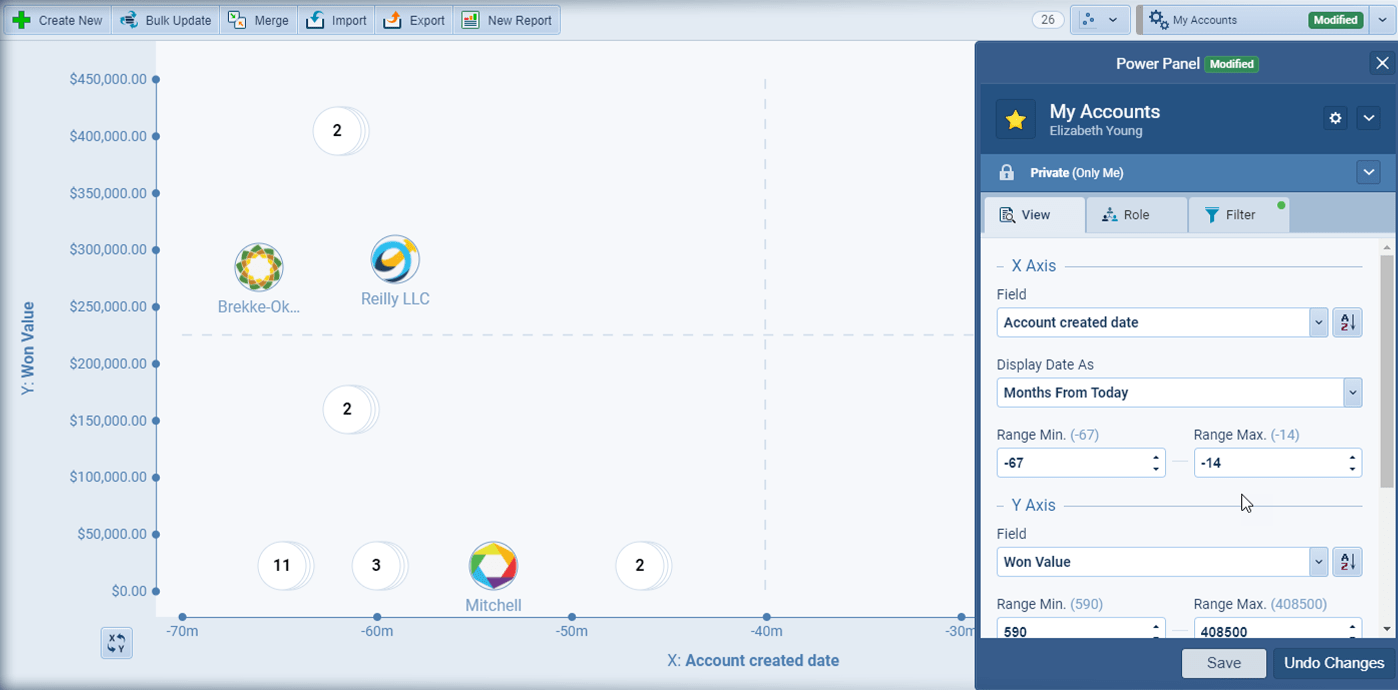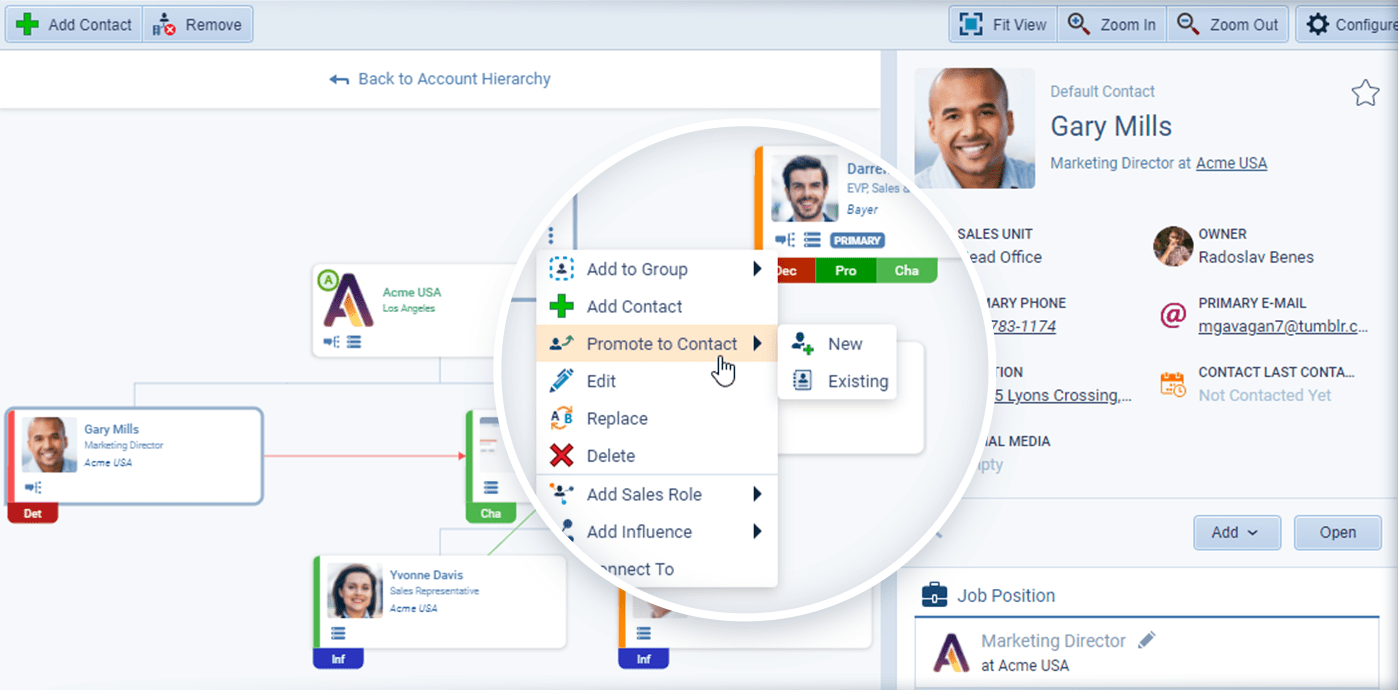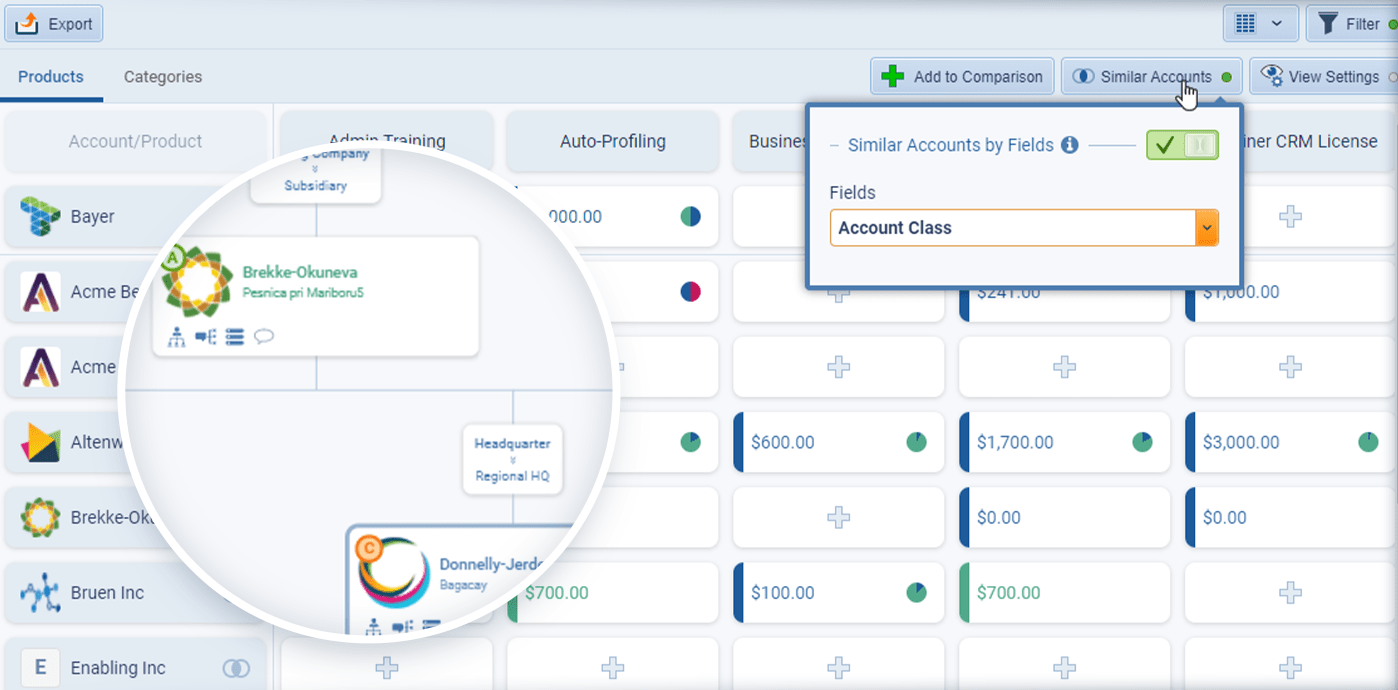
AccountAccount Account refers to a record of primary and background information about an individual or corporate customer, including contact data, preferred services, and transactions with your company. Management is a Team Sport!
Account management often requires input from more than one department such as Support, CustomerCustomer Customer is an individual or an organization that purchases a product or signs up for a service offered by a business. Service, or even Development. Support for cross-functional Account Management collaboration needs to come from the highest levels of the organizationOrganization Organization is a cohesive group of people working together and formally bound by a shared identity (e.g., one team, company, club, etc.) and a common purpose (e.g., business growth, athletic victory, etc.)..
The Pareto Principle, states that for many outcomes, roughly 80 percent of the consequences come from 20 percent of the causes. In sales, that means that 20 percent of a company’s customers generate 80 percent of the revenueRevenue Revenue is the amount of money a business generates during a specific period such as a year or a quarter; also called sales..
To fully understand your account management, you need to have an understanding of the 20 percent of your customers who are generating 80 percent of your revenue.
“Every company’s greatest assets are its customers because without customers there is no company.”
 Michael LeBoeuf, Author & Management Consultant
Michael LeBoeuf, Author & Management ConsultantWhitespace allows you to analyze each of your individual “20 percent” customers. You can look at what kinds of products or services you have sold to them. You can also use filters to analyze the period of time you’re examining and numerous other factors.

You can utilize this dataData Data is a set of quantitative and qualitative facts that can be used as reference or inputs for computations, analyses, descriptions, predictions, reasoning and planning. in a graph, and track how the selling of a particular productProduct Product refers to anything (an idea, item, service, process or information) that meets a need or a desire and is offered to a market, usually but not always at a price.(s) has developed over time. You can also add in other products sold to that same customer, and compare the sales of one product against others.
With the filter, you can then add in other similar accounts—accounts with similar revenue, industry, or account class. Plus you can then expand the graph, and compare this account to other accounts to whom you have sold the same products.
Account Management Steps

Deliver your products and services

Deliver exceptional service and support

Understand and contribute to solving the customer’s business issues

Understand and contribute to solving customer’s organizational issues
Once you reach a point where you are focused on their business and organizational issues, this is where you become very valuable to them, and they really need you.
Volume and Margin Classification
Customers can be classified into one of four quadrants of a matrix:
Low volume, low margin
Low volume, high margin
High volume, low margin
High volume, high margin
Low volume, low margin customers are not going to be part of the 20 percent that make 80 percent of your revenue. Neither, realistically, are those that earn low volume and high margin.
Others could have high volume and low margin—but what you’re really after is high-volume high margin. You’re working to increase the high-volume low margin to a higher margin, and the low-volume high margin to a higher volume. To achieve this you need a plan!


Tools
To create a key account plan you need the right tools:
Pipeliner’s White Space functionality provides a great deal of insight into the opportunities within the account that you have addressed yet. The Org Chart allows you and the other members of the account team to identify and label the customer stakeholders (champion, nay-sayer, etc)

Doing the Groundwork
But as you can see, isolating this data and analyzing it is the groundwork:
Identify who is your “20 percent” customers list
Analyze what are they buying from you compared to other customers
Update and analyze the Org Chart
Research LinkedInLinkedIn LinkedIn is a social network for the business community. & the Web for other background information that would be helpful
…Now you are ready to build your plan!
Additional Resources
Crucial Preparation Techniques Every Salesperson Should Practice by Leigh Ashton
The story goes like this…elite golfer Gary Player was at the height of his playing prowess and pulled off another brilliant shot in what was an extremely impressive round of gold even by his standards. A sports reporter suggests to the golfer how lucky that shot was, to which Gary Player replied…
Team Selling and Team Planning by Mark Boundy
Pre-call planning. As all sales managers know, there are tons of reasons why sales reps tend to avoid it like the plague. “I don’t do scripts”, “I’m best when I’m spontaneous” or “I can spend my time much more effectively doing other things” are all in the chorus. Then there’s, “It’s just a waste of…
The Best Customer Meetings Include by Andy Rudin
Most of us spend a good percentage of our business day in meetings. Some are good and some are bad but clientClient A client is an entity who pays another entity for products purchased or services rendered. Also called a customer. meetings should always rock. Each and every sales meeting with a client should be productive (moving the sales cycleSales Cycle Sales Cycle is a repeating process characterized by a predictable sequence of stages that a company undergoes as it sells its products and services to customers. forward) and reinforce the client’s choice to do business or consider doing more business…
Consultative Selling is Getting Customers Back in the Conversation by Roy Osing
We live in a noisy world. Every medium competes for our attention with a constant flow of messages. For this reason, it has become more difficult for sellers to reach the customer’s “frequency.” Gallup reports that “71% of B2BB2B B2B is an acronym for Business-to-Business, a model for selling, relationship-building, or engagement. customers are indifferent or actively disengaged.” This disconnect may, in part, explain why 60% of sales…




